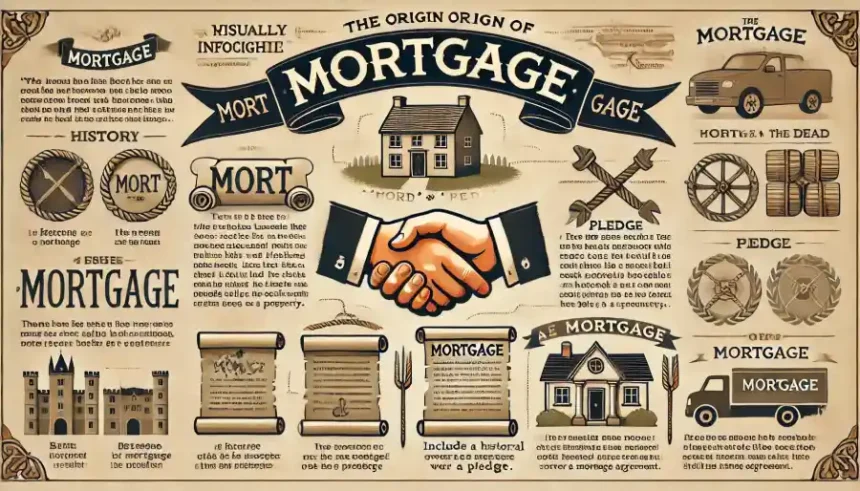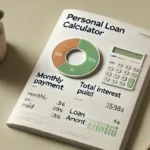Why is it called a mortgage? This question uncovers the fascinating origin of a term tied to one of life’s most significant financial commitments. The word “mortgage” originates from the Old French words “mort” (dead) and “gage” (pledge), meaning “dead pledge.” While this might sound ominous, it reflects the nature of the agreement: the pledge becomes “dead” when the debt is either paid off or defaulted upon.
With over $12 trillion in mortgage debt in the U.S. alone, understanding the term’s historical roots and its connection to modern financial systems can deepen our appreciation of its importance. So, why is it called a mortgage, and how is it different from other financial agreements like loans? Let’s explore.
Why Is It Called a Mortgage?
The Origin of “Mortgage”
The term combines “mort” (dead) and “gage” (pledge) to signify a conditional agreement:
- Dead: The pledge becomes nullified once the debt is paid off or the borrower defaults.
- Pledge: Refers to the borrower’s promise to repay, using the property as collateral.
In medieval Europe, landowners frequently used mortgages to secure loans. If the debt was paid, the pledge was “dead” to the lender. If defaulted, the property was “dead” to the borrower, hence the “dead pledge.”
Historical Context and Evolution
Medieval Applications
In feudal systems, land was the primary asset. Mortgages helped fund wars, agriculture, and estates:
- The agreement ensured lenders’ security while allowing borrowers access to resources.
- Default often resulted in permanent loss of land, making the stakes extremely high.
Modern Implications
Though the term “dead pledge” may feel outdated, its essence persists:
- Foreclosure: If a borrower defaults, the property is reclaimed by the lender.
- Completion: Once the debt is paid, the agreement “dies,” releasing the borrower from obligation.
Modern mortgages now offer options like refinancing or loan restructuring, providing borrowers flexibility not available in medieval times.
Why Is It Called a Mortgage and Not a Loan?
While both involve borrowing money, the difference lies in the collateral:
- Mortgage: The loan is secured by property, which acts as collateral. If the borrower defaults, the lender can seize the property.
- Loan: May or may not involve collateral. For example, personal loans are often unsecured.
This distinction explains why mortgages are considered a specific type of loan, emphasizing the relationship between property and debt repayment.
Statistics and Global Relevance
Mortgages are integral to modern economies:
- United States: Mortgage debt accounts for over 70% of household debt.
- United Kingdom: Over 60% of homeowners rely on mortgages to purchase property.
- France: The original “gage” laws evolved into comprehensive property lending frameworks.
- Islamic Finance: Mortgages are structured to comply with Sharia law through profit-sharing models.
Example Case: France
In France, the concept of “gage” (pledge) remains foundational, with legal adaptations for modern property transactions.
Common Questions About Mortgages
Are Mortgages Still Relevant Today?
Absolutely. Mortgages remain the primary method for funding property ownership globally. Their structure has evolved to meet modern economic needs, offering more flexibility.
What Risks Should Borrowers Watch For?
Key risks include:
- Interest Rates: Changes can increase monthly payments.
- Default: Foreclosure risks if payments are missed.
- Hidden Costs: Fees associated with long-term borrowing.
Other Questions
- What does “dead pledge” signify? The agreement “dies” when the debt is paid or the borrower defaults.
- Are there alternatives to mortgages? Options like rent-to-own or government-backed loans offer alternatives but often involve different terms.
Conclusion: Understanding the Mortgage
The term mortgage reflects its origins as a “dead pledge,” emphasizing the conditional nature of the agreement. From its medieval roots to its modern applications, the mortgage remains a vital financial tool, making property ownership accessible worldwide.
Now that you know why it’s called a mortgage, share your thoughts below! For more insights into financial history and literacy, explore our related posts or subscribe to our newsletter.











